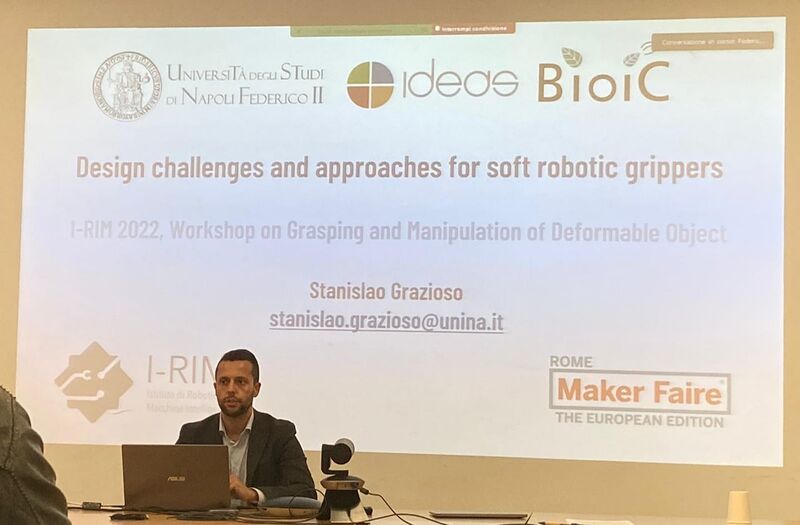In the realm of assistive technology, bioinspired robotics has fostered remarkable innovations, particularly in the development of bioic legs specifically designed for individuals with paraplegia. These advancements aim to restore mobility, offering a semblance of freedom previously deemed unattainable. This article delves into the unique aspects of bioic legs, their mechanics, implications for users, and the future trajectory of this transformative technology.
Bioic legs, a synthesis of biological principles and technological innovation, employ sophisticated systems that mimic human locomotion. Traditional prosthetics, while functional, often lack the nuanced control inherent to the human gait. In contrast, bioic legs feature integrated sensors and actuators that facilitate a more natural movement pattern. By utilizing artificial intelligence algorithms, these devices adapt in real-time to the user’s environment, allowing for seamless navigation across diverse terrains.
One facet of bioic leg technology is the utilization of soft robotics. This approach involves materials that are lightweight and flexible, enabling a degree of compliance that traditional rigid prosthetics cannot achieve. Soft robotics not only enhance comfort but also reduce the risk of injury during falls, a common concern for individuals mastering their new mobility aids. Moreover, the incorporation of grippers and adaptive foot designs allows users to engage more robustly with their surroundings — whether it involves gripping a surface or traversing uneven ground.
Another significant development in bioic leg technology is the integration of brain-computer interfaces (BCIs). These interfaces enable direct communication between neural activity and limb movement. For individuals with paraplegia, this breakthrough could result in the revival of voluntary muscle control, essentially bridging the gap between the brain’s intent and bodily action. Neuroplasticity, the brain’s ability to rewire itself, plays a crucial role here, as BCIs can stimulate pathways that have been dormant due to spinal injury.
Furthermore, the implications of bioic legs extend beyond mere mobility; they also contribute to psychological well-being. The restoration of mobility can significantly improve self-esteem and independence. Users frequently report enhanced social interactions and an overall increase in life satisfaction, underscoring the importance of mobility in fostering a sense of normalcy.
Despite the remarkable advancements, challenges remain. The cost of bioic legs can be prohibitive, limiting access for many individuals. Additionally, issues surrounding bioethical considerations and user training must be addressed to ensure widespread adoption. As the technology evolves, ongoing research and development will focus on reducing costs and improving the overall user experience.
The future of bioic legs for paraplegic individuals promises exciting developments. As technology continues to advance, a more inclusive approach to mobility will emerge, fundamentally altering the landscape of rehabilitation and mobility solutions. With continued innovation, the dream of unrestricted movement may soon be a reality for many.
